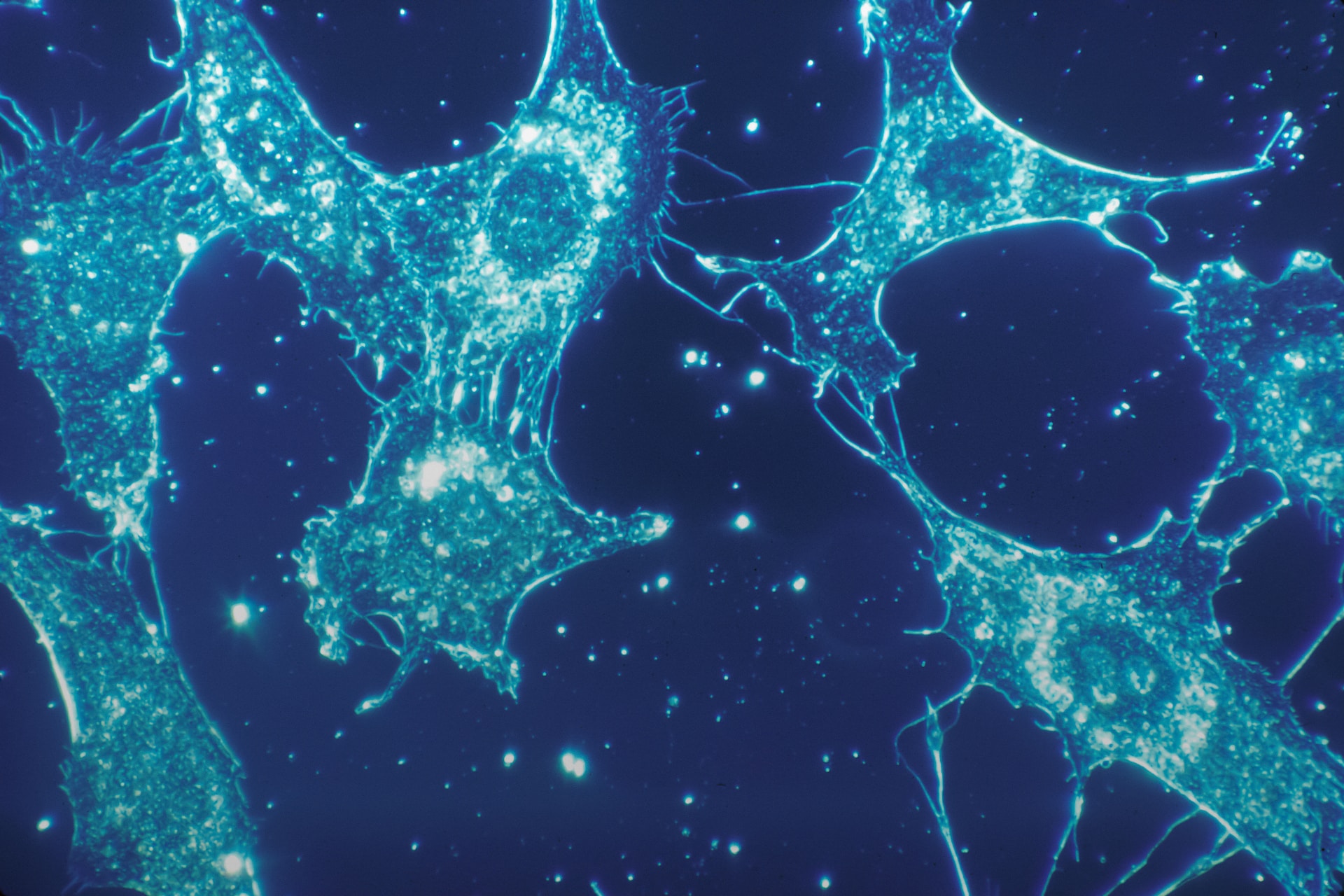What is synthetic biology?
Synthetic biology is the engineering of life. It uses different disciplines and technologies to design and build new biological systems from scratch. These systems can have novel functions and applications that do not exist naturally.
Why is synthetic biology important?
Synthetic biology has the potential to revolutionize various fields such as:
- Medicine: Synthetic biology can create new therapies and diagnostics based on living cells and molecules. For example, it can engineer bacteria to break down plastics in saltwater, or to protect “good” gut microbes from antibiotics. It can also create gene therapies that can correct genetic defects or enhance human capabilities.
- Agriculture: It can improve crop production and quality by modifying plant traits or creating new varieties. For example, it can engineer plants that are more resistant to pests, diseases, or environmental stress. It can also create plants that produce useful substances such as drugs, vaccines, or biofuels.
- Biotechnology: Synthetic biology can produce small molecules on demand using engineered microbes as microscopic factories. These small molecules can be used for various purposes such as drugs, chemicals, fuels, and fragrances.
- Energy: Synthetic biology can create renewable and clean sources of energy by harnessing the power of living organisms. For example, it can engineer algae or bacteria that can convert sunlight or waste into biofuels or electricity.
- Materials: Synthetic biology can create new materials inspired by nature but improved by engineering. For example, it can synthesize spider silk from genetically modified silkworms, or create color-changing materials based on butterflies and mollusks. It can also create 3D-printed “living materials” that can incorporate living organisms for various functions such as water purification or bioremediation.
How is synthetic biology different from genetic engineering?
Synthetic biology is one step further from genetic engineering. Genetic engineering focuses on modifying existing genes, while synthetic biology creates new genes or entire genomes. Genetic engineering transfers genes from one organism to another, while synthetic biology designs and builds new biological systems from scratch. Genetic engineering uses techniques such as recombinant DNA technology or PCR, while synthetic biology uses standardized genetic parts and engineering principles.
The following table summarizes the main differences between synthetic biology and genetic engineering:
| Synthetic Biology | Genetic Engineering |
|---|---|
| Designing and building new biological systems from scratch | Transferring genes from one organism to another |
| Using standardized genetic parts and engineering principles | Using recombinant DNA technology, PCR, etc. |
| Creating new organisms with desired properties | Modifying existing organisms |
| Can modify entire genomes | Typically modifies single genes |
| Not yet as widely regulated | Regulated by many countries |
What are the current challenges and future perspectives in synthetic biology?
Synthetic biology is not without challenges and limitations. Some of the current challenges include:
- Ethical and social issues: Synthetic biology raises ethical and social questions about the safety, security, ownership, regulation, and impact of creating new forms of life. For example, synthetic biology could pose risks of accidental or intentional release of harmful organisms, or misuse or abuse of genetic engineering.
- Technical and scientific issues: Synthetic biology faces technical and scientific difficulties such as the lack of predictability, standardization, modularity, scalability, and integration of biological systems. For example, synthetic biology still relies on trial-and-error methods to design and optimize biological circuits, or to interface biological components with non-biological ones.
Despite these challenges, synthetic biology also offers many opportunities and possibilities for the future. Some of the future perspectives include:
- Bioeconomy: Synthetic biology could contribute to the development of a bio-economy that uses renewable biological resources to produce goods and services sustainably. For example, synthetic biology could enable the production of biofuels from waste biomass or the creation of biodegradable plastics from renewable feedstocks.
- Biodiversity: Synthetic biology could help preserve and restore biodiversity by creating new tools and strategies for conservation and restoration. For example, synthetic biology could engineer organisms that can detect or degrade pollutants, or that can enhance the resilience or diversity of ecosystems.
- Bioart: Synthetic biology could inspire new forms of art and creativity that explore the aesthetic and expressive potential of living matter. For example, synthetic biology could create living sculptures that change shape or color over time, or living paintings that respond to light or sound stimuli.
Synthetic biology is an exciting and promising field that aims to engineer life for novel purposes and applications. It combines different disciplines and technologies to create new biological systems from scratch. It has the potential to impact various domains such as medicine, agriculture, biotechnology, energy, and materials. However, it also faces ethical, social, technical, and scientific challenges that need to be addressed. It also opens up new horizons and opportunities for the future in terms of bioeconomy, biodiversity, and bio art.





